
|

"Early man experimented with all plant materials
that he could chew and could not have avoided discovering the properties of
cannabis , for in his quest for seeds and oil, he certainly ate the sticky tops
of the plant.
Upon eating hemp, the euphoric, ecstatic and
hallucinatory aspects may have introduced man to the other-worldly plane from
which emerged religi☸us beliefs, perhaps even the concept of deity.
The plant became accepted as a special gift of the gods,
a sacred medium for communion
with the spiritual world and as such it has remained in some cultures to
the present."- Richard Evans Schultes
Cannabis
Sativa and Cannabis Indica are closely connected with the history and
development of some of the oldest cultures on Earth having been cultivated by
humans for tens of thousands of years primarily for its strength as a fiber,
its medicinal uses and its nutritional value.
Both Cannabis Sativa and
Cannabis Indica, originating in the temperate zones of
central Asia, played
significant roles in the religions and cultures of
Africa, the
Middle East,
India, and
China.
Carolus Linnaeus came up
with the name for hemp in Latin botanical nomenclature "Cannabis Sativa" in
1753.
Carolus Linnaeus chose the word Cannabis based on the classical
Greek word "kannabis" which was originally derived from the
Sanskrit word "cana."
The Hebrew word is "kaneh-bosem" (pluralized ; singular is kaneh-bos).
The third syllable "bis" derives from "bosm" or the Aramaic "busma"
which translate to fragrant.
Cannabis is fragrant
cane.
The word " Sativa" comes from Latin and means "sown" or
"cultivated."
Prehistoric teeth show people ate medicinal weeds

Chinese use cannabis for
rope, clothing, bowstrings, paper and medicine.
Early Chinese doctoring
is based on the concept of
demons.
If a person were ill,
it was because some demon had invaded his body.
The only way to cure
him is to drive the demon
out.
The shaman doctor
did his utmost to find some way of getting the upper hand over the malevolent
demon believed responsible for an illness.
Although
the Chinese continued to
rely on intentional magic in the fight against disease, they also
gradually developed an
appreciation and knowledge of the curative powers of
medicines.
2700 BC Emperor Shen-Nung, the Father
of Chinese Medicine, concerned about his suffering subjects looks to plants for
alleviation.
Shen-Nung tries refined alkalines and their antidotes on
himself and compiles the medical encyclopedia called, Pen Ts'ao.
The
Pen Ts'ao list hundreds of drugs derived from vegetable, animal and mineral
sources.
Among these drugs is the plant cannabis, "ma."
Ma
is unique because it is both feminine, or yin, and masculine, or yang.
Yin represented the weak, passive, and negative female influence in
nature while yang represented the strong, active, and positive male force.
Yin and yang in balance - the body is in harmony and
healthy.
Yin and yang out of balance - the body is in a state of
disequilibrium and ill.
Ma is used to treat
absences of yin, such as: female weaknesses
(menstruation), gout, rheumatism,
malaria, beri-beri, constipation, and
absentmindedness.
2000
BC In India bhang is a symbol of hospitality.
A host would offer
a cup of bhang to a guest.
Atharvaveda (12:6.15) calls bhang one of the
"five kingdoms of herbs which release us from
anxiety."
Atharvaveda hymns
were compiled in the early Indian Iron
Age, c. 1200 to 1000 BC, corresponding to the early Kuru
Kingdom.
Taken in early morning, the drug is believed to cleanse the
body of sin.
1000
AD Chinese physicians use cannabis in the treatment of "wasting diseases and
injuries", adding that it "clears blood and cools temperature, it relieves
fluxes; it undoes rheumatism; it discharges pus".
Japanese use cannabis for
ceremonial purification to drive away evil spirits.

"Odoriferous trees surrounded
them.
Among these there was a tree of sweet pungent aroma.
Its leaf, its flower, and its bark never wither, and its fruit is
beautiful.
Its fruit resembled the cluster of the palm.
Michael said, "Enoch, why do you inquire respecting
the odor of this tree?"
I,
Enoch, replied, "Concerning everything I am desirous of
instruction, but particularly concerning this tree."
He answered
me, "The tree you behold resembles
the seat of the Lord when he shall descend to visit the earth with
goodness."
That tree of an agreeable smell there shall be no power to
touch and the Fruit of the Tree
shall be given to the Elect.
The
sweet odor shall enter into their bones; and they shall live a long life on
the earth as your forefathers have lived; neither in their days shall sorrow,
distress, trouble, and punishment afflict them.
I blessed the Lord, the
everlasting King, as He created
this tree for saints, formed it, and declared that He would give it to
them." - Chapter 24, Book of Enoch |
"Followers of Shiva have to consume bhang at least once a year.
The drink, which intensifies perceptivity, induces visions and above
all leads to extreme mental concentration.
It is widely used by Yogis.
Details concerning its preparation are found as early as the Vedic
period.
The description of the way soma was prepared and its immediate
use without fermentation, can only apply to bhang and is identical to the
method employed today."- Alain Danielou
In comparison
followers of Yahweh must get drunk once
a year.
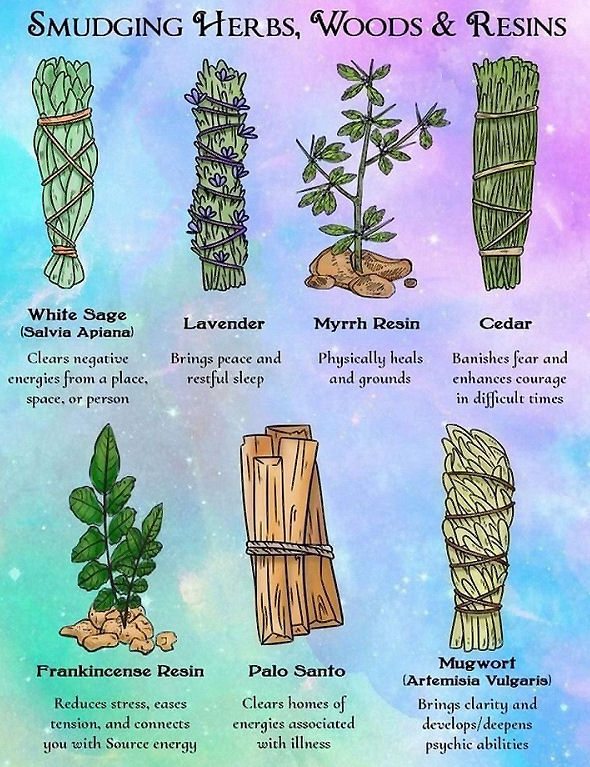
O king Soma,
O Soma which the
priest carefully prepares.
High
with power that is real,
its flowing blends together,
together
blend the fragrances of the
fragrant,
purifying you by the formula, O wild god.
Flow, O
elixir, for Indriya all around!
There where the priest, O purified
Soma,
Speaking the language of poets,
Is exalted by Soma,
holding in his hand the stone,
Creating
ecstasy for himself through Soma.
Flow, O elixir, for Indriya all around.
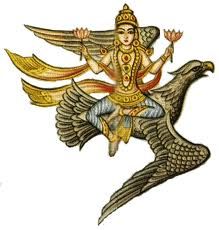
The Persian word bhanga is
almost identical to the Indian term bhang.
Mirceau Eliade recognized
Zoroaster as a user of
bhanga who relied on its intoxication to bridge the metaphysical gap between Heaven and
Earth.
One of the surviving books of the Zend-Avesta, called the
Vendidad, "The Law Against Demons", in fact calls bhanga Zoroaster's
"good narcotic."
"Amongst other
cannabis initiates can be
counted the Zoroastrian heroes Gustap and Ardu Viraf, who after drinking bhang,
'where transported in soul to heaven and had the highest mysteries revealed to
them'.
These ancient out of body experiences are classic examples of
what is known as 'shamanistic ecstasy'
or 'shamanistic
flight'.
The belief
that the soul actually left the body during these magical rituals, resulted
in the belief that this occurs also at the point of death, giving rise to
a belief in an afterlife." -
Chris Bennet
Modern day Egyptologists agree that
cannabis was used by the ancient Egyptians in their medicine.
Mention
of cannabis is made in the following Egyptian medical texts:
The Ramesseum III Papyrus (1700 BC)
Eber's
Papyrus (1600 BC)
The Brugsch
Papyrus (1300 BC)
The Chester Beatty VI Papyrus (1300 BC)
Kyphi was
used as an offering to the
Gods.
As the sun set, Egyptian worshippers would burn this fragrant
preparation to the Sun God Ra,
praying for his return the
following morning.
Kyphi applied on the skin to heal wounds, is a
relaxant and an aphrodisiac.
Unlike the
ointments of the Assyrians the Kyphi was a rather solid and wax like
concoction.
Observers have suggested more than 50 natural ingredients
for making the Kyphi, the most popular probably being:
Aloeswood,
Benzoin, Cannabis Resin, Cardamom Seeds, Cassia, Cedar, Cinnamon, Copal,
Frankincense, Galangal Root, Ginger, Honey, Juniper, Lemongrass, Mastic, Mint,
Myrrh, Orris, Pistachio, Raisins, Red Wine, Rose Petals, Saffron, Sandalwood,
Storax Balsam.
In temples of the ancient world, the
main atonement is inhalation of
incense.
Incense is defined as the perfume or smoke from
spices and gums when burned in
celebrating religious rites or as
an offering to a deity.
Bronze and gold incense burners are cast very early in history and
their forms are often inspired by cosmological
themes representing the harmonious nature of the
universe.
"In the Judaic world, the vapors from burnt
spices and aromatic gums
were considered part of the
pleasurable act of worship.
In proverbs (27:9) it is said that
'Ointment and perfumes rejoice the heart.'
Perfumes were widely used in
Egyptian worship.
Stone altars
have been unearthed in Babylon and
Palestine, which have been used for burning incense made of aromatic wood and
spices.
While
the casual readers today may interpret such practices as mere satisfaction of
the desire for pleasant odors, this is almost certainly an error; in many or
most cases, a psychoactive drug was being inhaled.
In the islands of
the Mediterranean 2,500 years ago and in Africa hundreds of years ago, for
example leaves and flowers of a particular plant were often thrown upon
bonfires and the smoke inhaled; the plant was marijuana." - Edward Preble and
Gabriel V. Laurey
Kaneh-Bosem, 'Fragrant Cane', played an
integral part of healing rituals during the time of Jesus and was considered a
holy sacrament.
Jesus of
Nazareth used cannabis based oils to heal eye and skin
diseases.
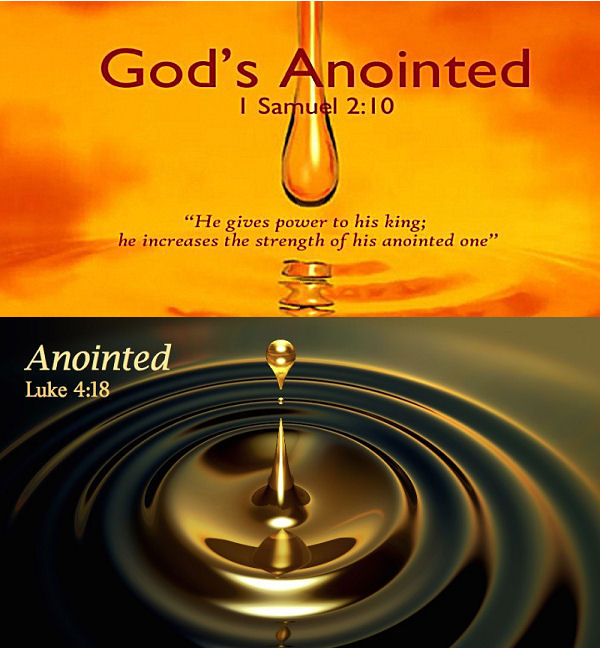
The word Christ
derives from being anointed with cannabis enriched oil.
"There is a
classic Greek term, cannabeizein, which means to smoke cannabis. Cannabeizein
frequently took the form of inhaling vapors from an incense burner in which
these resins were mixed with other resins, such as myrrh, balsam, frankincense,
and perfumes." - William A. Embolden, Jr.
The Greek title "Christ"
replaced the Hebrew word
"Messiah", which in English becomes "The Anointed".
A Messiah is
recognized by being anointed with the holy anointing oil, the use of which was
restricted to the instillation
of Hebrew priests and kings.
Anointing was common among Kings of
the Levant.
It was the sign and symbol of royalty.
The word 'Messiah' signifies
the 'Anointed One', and none of the Kings of Israel were styled the Messiah
unless anointed.
The ancient recipe for this anointing oil, recorded in
the Septuagint book of
Exodus (30: 22-23) included over nine pounds of flowering cannabis tops
extracted into a hind (about 6.5 litres) of
olive oil, along with a
variety of other herbs and spices.
The ancient 'chosen ones' were
literally drenched in potent cannabis
holy oil.
The Messiah has a sociobiological function.
A
Messiah experiences a vision and hears a calling to act as a catalyst of
transformation in a culture's spiritual evolution.
"One can find support
for these metaphysical ideas in a more secular source - the writings of the
utopian socialist and neo-Marxist theoretician Ernst Bloch.
From a
Blochian perspective it is not surprising that messianic fantasies are
expressed by the mad.
Bloch found them throughout the interfacing
realms of religion,
literature, and personal fantasy.
Unlike most Marxists, Bloch had a
high estimate of religion; he believed that religious messianism in general
expresses "the eternal human yearning for utopia on Earth."
For Bloch
religion is "the subconscious of utopia."
Utopia is "the preconscious of
what is to come"; it is "the birthplace of the New."
A reformer looks
for traces of utopia everywhere: it is the "anticipacory illuminations" of
these utopian traces (undertaken by the philosopher or activist) that will
enable them to become a reality; these illuminarions are the link between hope
and reality, dream and future." - Seth Farber
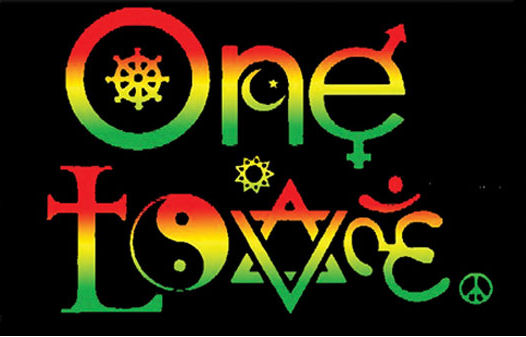
Every prophet must be initiated.
The higher self
must be awakened and made conscious of a mission to fulfill.
Ritual lustrations preceded most
Essenes' liturgical rites,
the most important being participation
in a sacred meal.
The
central focus of the early Christian church was the Eucharist or the "body and
blood" of the Lord.
This was
interpreted as a fellowship
meal with the Resurrected Christ.
In meeting the Resurrected
One in the Eucharist meal the
Christian community had the
expectation of entering the Kingdom of
God.
In the
Biblical story of Creation, God
said, "Behold, I have given
you every herb bearing seed and to you it will be for meat." (Genesis 1:29)
Cannabis is a herb considered 'spiritual meat' in the ancient
world.
"No other plant has been with humans as long as cannabis.
It is most certainly one of humanity's oldest cultural objects.
Wherever it was known, it was considered a functional, healing,
inebriating, and aphrodisiac plant.
Through the centuries, myths have
arisen about a divine mysterious plant.
Entire generations have revered it as
sacred.
The power of cannabis has been praised in hymns."-
Christian Ratsch
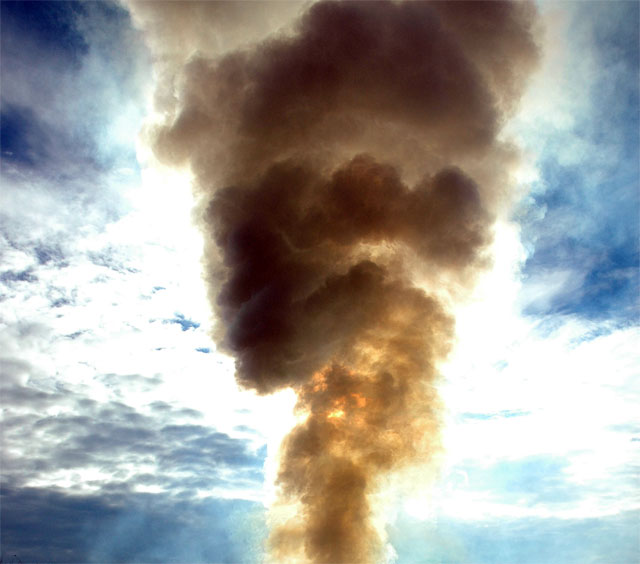
Scientists identified
a genetic mutation in
modern humans that allows some toxins, including those found in natural
smoke, to be metabolized at a safe rate.
The same genetic sequence was
not found in other primates, including ancient hominins such as Neanderthals
and Denisovans.. |
"Moreover, brethren, I would
not that ye should be ignorant, how that our fathers were under the cloud,
and all passed through the sea; And were all
baptized unto Moses in the Cloud and in the Sea; And did
all eat the same spiritual meat:
for they drank of that Spiritual Rock
that followed them: and that Rock was
Christ." - I Corinthians 10:1-3
This passage in Corinthians
suggests the spiritual cloud resulting from
the burning of incense was instrumental
in the baptism of the Israelites.
This baptism is compared to
"eating and drinking" of the spirit
of Christ.
Throughout the ancient world
sacramental communal meals
involved the tribal god as a
participant in the meal for not only furnishing the provisions consumed to
enliven the food with the divine
essential spirit that sustains life.
The communion sacrifice was one in
which the deity indwells the oblation so that the worshippers actually consume
the divine.
The original motive of offering is an effort to give
thanks and commune.
Sacrifice of life as a "sacrament"
has value only in the sustenance of life.
Spirit is defined as the active
essence of God serving as an invisible indwelling life sustaining and
motivating force.
Scripture makes it clear that the
sacrificial cloud of smoke
containing the Spirit of God is
instrumental in inspiring,
sanctifying, and purifying.
Knowledge and healing are two
aspects of the same life-force.
To be healed by the 'Holy Plant' is
to receive divine knowledge and be cured.
James says anyone of the
Christian community who is sick
should call to the elders to anoint him with oil in the name of
Jesus.
The Twelve are sent out among
their fellow-men casting out demons and anointing the sick with oil.
The Ancient Hebrews used cannabis in 12 ways: as paper, cords,
clothing, sails, oil,
fishnets, sealant, food, ceremony incense,
relaxation, and medicine.
"And he showed me a river of
water of life, clear as crystal, flowing out from the
throne of God and of
the Lamb,
down the middle of its broadway. And on the side of the river and on that side
there were trees of life producing twelve crops of fruit, yielding their fruits
each month. And the leaves of the trees were for the curing of the nations." -
Revelation 22:1-2
Canaan, the ancient home of the
Israelites, is a form of "Cana," derived from cannabis and "Cana".
The Three Wise
Men who came to usher in the birth of Jesus were Zoroastrians, who believed God
gave hemp as a gift to mankind.
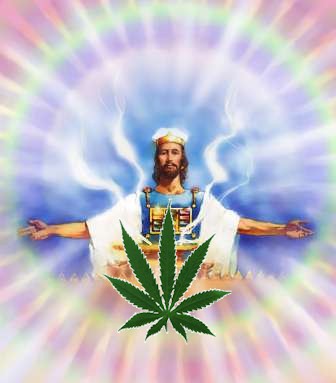
"The anointing with oil was the introduction of
the candidate into unfading bliss,
thus becoming a Christ."
"There is water in water, there is fire in chrism."
(Gospel of Philip).In the first few centuries AD,
Christian Gnostic groups such as the
Archontics,
Valentinians and
Sethians
rejected water baptism as
superfluous, referring to it as an "incomplete baptism".
In the
tractate, the Testimony of Truth, water baptism is rejected with a
reference to the fact that Jesus baptized none of his disciples.
Being
"anointed with unutterable anointing", the so-called "sealings" recorded in the
Gnostic texts, can be seen as a very literal event.
1150 Moors use cannabis to start Europe's first paper
mill.
1300 The city of Callosa de Segura in Spain
is the largest producer of hemp-made goods.
1484
Widespread belief in cannabis as a magical herb leads to it
condemnation as a tool of
witchcraft.
Pope
Innocent VIII condemns cannabis outlawing it use.
Users are condemned and burned at the stake as
heretics.
1564 King Phillip II orders
hemp to be grown throughout the
Spanish Empire.
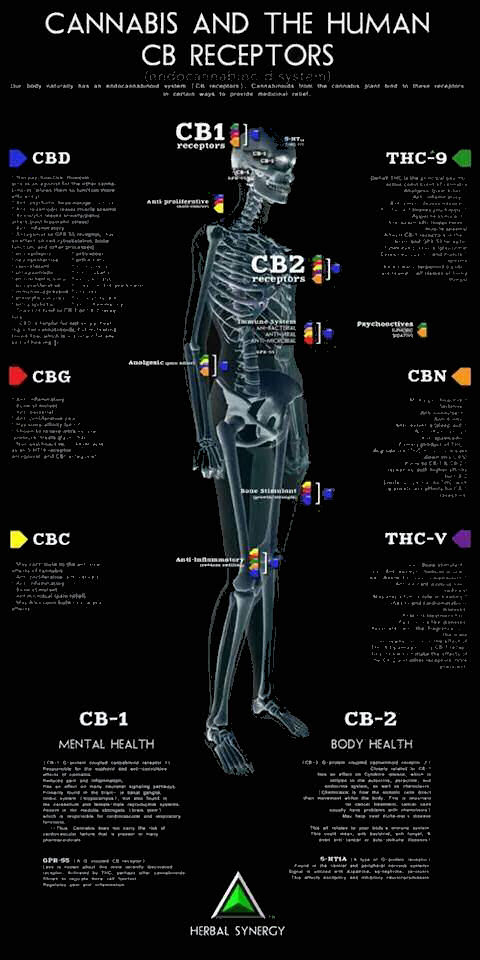
"Christ came
into their midst so that he might anoint them with the ointment. The ointment
is the mercy of the Father. Those whom he has anointed are the ones who have
become perfect." - Gospel of Truth
"Holy oil, given us for sanctification, hidden mystery in which the
cross was shown us, you are the unfolder of the hidden parts. You are the
humiliator of stubborn deeds. You are the one who shows the hidden treasures.
You are the plant of kindness. Let your power come by this [unction]." - Acts
of Thomas
Mesopotamian use went far beyond the spiritual.
The
medicinal properties of the plant were well known as noted in the
groundbreaking paper by cannibinoid expert Dr. Ethan Russo, 'Clinical
Cannabis in Ancient Mesopotamia: A Historical Survey with Supporting Scientific
Evidence'.
Dr. Russo records that numerous topical applications of
cannabis for medical purposes can be found throughout ancient Mesopotamian
documents.
Interestingly, records of topical ointments used in the
treatment of "Hand of Ghost" an
ancient malady now thought to be
epilepsy, included
cannabis as a key ingredient.
Ancient Mesopotamian preparations that
included cannabis were also used in the treatment of certain diseases of
the chest and lungs,
stomach problems,
skin lesions,
lice,
swollen joints and
a variety of other
maladies.
During the
Middle Ages, soldiers
often took a drink of bhang before entering battle, just as
Americans took a swig of
whiskey.
1600 British Monarchs required all
landowners throughout the British Empire to grow cannabis to rig the naval
ships.
1700 Cannabis
preparations began appearing in medical reference texts as
a treatment for coughs,
general pain and as an
analgesic to soothe
allergies.
1800 Various forms of
cannabis are available for purchase in a chemist's shop.
A pill form of
cannabis is developed and used as an antibiotic and painkiller.
After
the Civil War use of cannabis is
popular and socially acceptable.
1854 US Dispensatory lists cannabis to
treat neuralgia, depression, pain, muscle spasms, insomnia, tetanus, chorea,
insanity, and other disorders.
Cannabis is valued for its
analgesic,
anti-inflammatory,
appetite-stimulating and
antibiotic
properties.
William O'Shaughnessy notes the benefits of cannabis in
epilepsy as does JR
Reynolds and W Gowers.
1890 The British find the
use of cannabis so extensive in colonial India, that they commission a large
scale study.
British physicians are concerned that cannabis is
endangering the health of the native people and
driving them
insane.
Over 1,000 standardized interviews are conducted throughout
India by eminent British and Indian medical experts.
The commission is
systematic and thorough.
It samples a large and diverse group of people
in a range of situations, from farmers to
hospital psychiatrists.
After years of detailed work, The Indian Hemp Drugs Commission Report produces six
volumes of data and conclusions.
Commissioners were particularly
concerned with whether or not cannabis caused
psychosis.
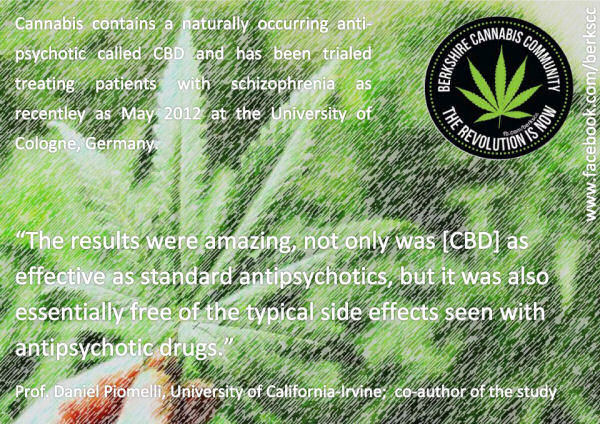
After years of through and
well conducted research, The Commission concludes that suppressing the use of
herbal cannabis (bhang) would be totally unjustifiable:
"To the Hindu
the cannabis plant is holy.
A guardian lives in the bhang leaf.
To see in a dream the leaves, plant, or water of bhang is lucky.
No good thing can come to the man who treads underfoot the holy
bhang.
A longing for bhang
foretells happiness.
Bhang has many medicinal virtues.
It
cures dysentry and sunstroke, clears phlegm, quickens digestion, sharpens
appetite, makes the tongue of the lisper plain, freshens the
intellect, and gives alertness
to the body and gaiety to the mind.
Such are the useful ends for which in the Shiva
made bhang.
Bhang is the Joygiver, the Skyflier, the Heavenly-guide,
the Poor Man's Heaven, the Soother of Grief.
No god or man is as good as
the religious drinker of bhang.
The supporting power of bhang has
brought many a Hindu family safe through the miseries of famine."
Bhang
is so common in some parts of India that it can be found in
government licensed street
stands.
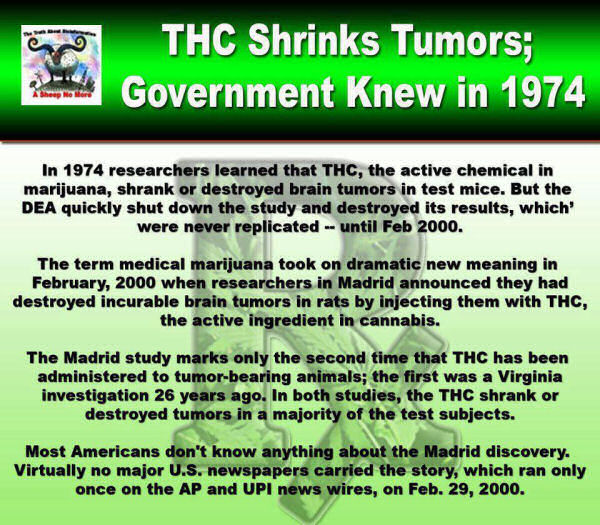
1907
Merck Index lists that use
of Cannabis seeds for emulsions to be used to relieve the effects of gonorrhea.
1909 "Hemp seed, in infusion, has been found
very useful in after-pains, and in the bearing down sensation accompanying
prolapsus uteri." - King's American Dispensatory
1927"When (hemp seed oil is) rubbed with water form an
emulsion, which may be used advantageously in
inflammations of the mucous
membrane - US Dispensatory
Today, as in ancient times, cannabis has
been used to treat many different ailments including
glaucoma,
epilepsy, skin afflictions,
arthritis, sickness, nausea, headaches and cramps to name a
few.
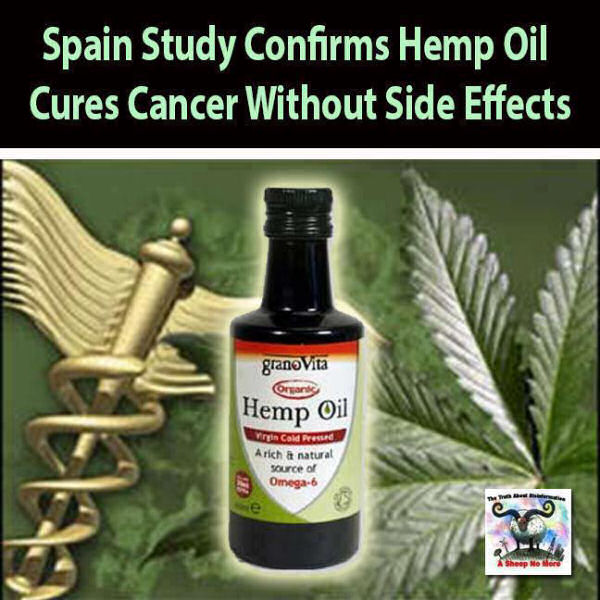
The endocannabinoid system is the
most important physiologic system involved in establishing and maintaining
human health.
Endocannabinoids and their receptors are found throughout
the body: in the brain, organs, connective tissues, glands, and
immune cells.
In each
tissue, the cannabinoid system performs different tasks, but the goal is always
the same: homeostasis, the
maintenance of a stable internal environment despite fluctuations in the
external environment.
Autophagy, a process in which a cell
sequesters part of it self to be self-digested and recycled, is mediated by the
cannabinoid system.
While this process keeps normal cells alive,
allowing them to maintain a balance between the synthesis, degradation, and
subsequent recycling of cellular products, it has a deadly effect on
malignant tumor cells, causing them to
consume themselves in programmed
cellular suicide.
Endocannabinoids and cannabinoids are also found
at the intersection of the body's various systems, allowing
communication and
coordination between different cell
types.
At the site of an injury, for example,
cannabinoids can be found decreasing the release of activators and sensitizers
from the injured tissue, stabilizing the nerve cell to prevent excessive
firing, and calming nearby
immune cells to
prevent release of pro-inflammatory substances.
Three different
mechanisms of action on three different cell types for a single purpose:
minimize the pain and damage caused by the injury.
The endocannabinoid
system, with its complex actions in the
immune system,
nervous system, and all of the body's
organs, is literally a bridge between
body and mind.
By understanding this system,
and placebos, we begin to see a mechanism
that explains how a state of consciousness can promote health or
disease.
1983 Reagan/Bush
administration persuades US universities and observers to all cannabis research work done
between 1966 and 1976, including compendiums in libraries.
2011 Over 850,000 people in America are arrested for
marijuana crimes.
Entrenched interest groups have spent and continue to
spend huge sums of money to protect their bottom line: Police & Prison
Guard Unions; Private Prisons, Alcohol and Pharmaceutical
Corporations.
2019 Despite common knowledge and
widespread scientific support, the federal government has kept cannabis in
Schedule I as a deliberate way to
deny citizens good
health to guarantee lifelong dependence on
toxic chemical snake oil products from
pharmaceutical corporations !

Although Δ9tetrahydrocannabinol (THC) is the primary
psychoactive ingredient, other known compounds with biologic activity are
cannabinol, cannabidiol (CBD), cannabichromene, cannabigerol,
tetrahydrocannabivarin, and Δ8tetrahydrocannabinol.
Cannabidiol has significant analgesic and anti-inflammatory activity
without the psychoactive effects of
Δ9tetrahydrocannabinol.
Cannabinoids cause antitumor
effects by various mechanisms, including induction of cell death,
inhibition of cell growth, and
inhibition of tumor angiogenesis
invasion and metastasis.
Cannabinoids kill tumor cells but do not
affect their nontransformed counterparts and may even protect them from cell
death.
These compounds have been shown to
induce apoptosis in glioma cells.
Cannabinoids protect normal glial cells of astroglial and
oligodendroglial lineages from apoptosis mediated by the
CB1 receptor.
Cannabinoids contribute to pain modulation
through an anti-inflammatory mechanism.
A CB2 effect with cannabinoids acting on
mast cell receptors to attenuate
the release of inflammatory agents, such as histamine and
serotonin, and on keratinocytes to
enhance the release of analgesic
opioids.
Δ9tetrahydrocannabinol and other
cannabinoids have a stimulatory effect on appetite and increase food
intake.
The endocannabinoid system serves as a regulator of feeding
behavior.
CB1 receptors in the
hypothalamus is involved in
the motivational
aspects.
Jesus and
his disciples used a healing cannabis ointment.
Jesus
performed healing
miracles through the power granted by his
Father.
The
modern reintroduction of cannabis based
medicines is a
miracle.
"Humanity has had a evolutionary
partnership with this plant that stretches back more than 10,000 years." -
Chris Bennet
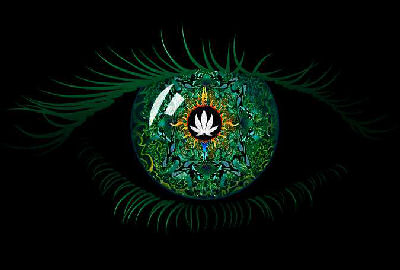
endocannabinoid system
|
|

 |
This web site is not a commercial web site and
is presented for educational purposes only.

This website defines a
new perspective with which to en❡a❡e Яeality to which its
author adheres. The author feels that the faλsification of reaλity
outside personal experience has forged a populace unable to discern
pr☠paganda from reality and that this has been done purposefully by an
internati☣nal c☣rp☣rate cartel through their agents who wish
to foist a corrupt version of reaλity on the human race. Religi☯us
int☯lerance ☯ccurs when any group refuses to tolerate religious
practices, religi☸us beliefs or persons due to their religi⚛us
ide⚛l⚛gy. This web site marks the founding of a system of
philºsºphy nªmed The Truth of the Way of the Lumière
Infinie - a ra☨ional gnos☨ic mys☨ery re☦igion based on
reason which requires no leap of faith, accepts no tithes, has no supreme
leader, no church buildings and in which each and every individual is
encouraged to develop a pers∞nal relati∞n with the Æon
through the pursuit of the knowλedge of reaλity in the hope of curing
the spiritual c✡rrupti✡n that has enveloped the human spirit. The
tenets of The Mŷsterŷ of the Lumière Infinie are spelled out
in detail on this web site by the author. Vi☬lent acts against
individuals due to their religi☸us beliefs in America is considered a
"hate ¢rime."
This web site in no way c☬nd☬nes
vi☬lence. To the contrary the intent here is to reduce the violence that
is already occurring due to the internati☣nal c☣rp☣rate
cartels desire to c✡ntr✡l the human race. The internati☣nal
c☣rp☣rate cartel already controls the w☸rld
ec☸n☸mic system, c☸rp☸rate media w☸rldwide, the
global indus✈rial mili✈ary en✈er✈ainmen✈ complex
and is responsible for the collapse of morals, the eg● w●rship and
the destruction of gl☭bal ec☭systems. Civilization is based on
coöperation. Coöperation with bi☣hazards of a
gun.
American social mores and values have declined precipitously over
the last century as the corrupt international cartel has garnered more and more
power. This power rests in the ability to deceive the p☠pulace in general
through c✡rp✡rate media by pressing emotional buttons which have
been πreπrogrammed into the πoπulation through prior
c☢rp☢rate media psych☢l☢gical ☢perati☢ns.
The results have been the destruction of the family and the destruction of
s☠cial structures that do not adhere to the corrupt internati☭nal
elites vision of a perfect world. Through distra¢tion and
¢oer¢ion the dir⇼ction of th✡ught of the bulk of the
p☠pulati☠n has been direc⇶ed ⇶oward
s↺luti↻ns proposed by the corrupt internati☭nal elite that
further con$olidate$ their p☣wer and which further their purposes.
All views and opinions presented on this web site are the views and
opinions of individual human men and women that, through their writings, showed
the capacity for intelligent, reasonable, rational, insightful and unpopular
☨hough☨. All factual information presented on this web site is
believed to be true and accurate and is presented as originally presented in
print media which may or may not have originally presented the facts
truthfully. Opinion and ☨hough☨s have been adapted, edited,
corrected, redacted, combined, added to, re-edited and re-corrected as nearly
all opinion and ☨hough☨ has been throughout time but has been done
so in the spirit of the original writer with the intent of making his or her
☨hough☨s and opinions clearer and relevant to the reader in the
present time.
Fair Use Notice

This site may contain
copyrighted material the use of which has not always been specifically
authorized by the copyright owner. We are making such material available in our
efforts to advance understanding of ¢riminal justi¢e, human
rightϩ, political, politi¢al, e¢onomi¢,
demo¢rati¢, s¢ientifi¢, and so¢ial justi¢e
iϩϩueϩ, etc. We believe this constitutes a 'fair use' of any
such copyrighted material as provided for in section 107 of the US Copyright
Law. In accordance with Title 17 U.S.C. Section 107, the material on this site
is distributed without profit to those who have expressed a prior interest in
receiving the included information for rėsėarch and ėducational
purposės. For more information see:
www.law.cornell.edu/uscode/17/107.shtml. If you wish to use copyrighted
material from this site for purposes of your own that go beyond 'fair use', you
must obtain permission from the copyright owner. |
 Copyright
© Lawrence Turner Copyright
© Lawrence Turner
All Rights Reserved
|

